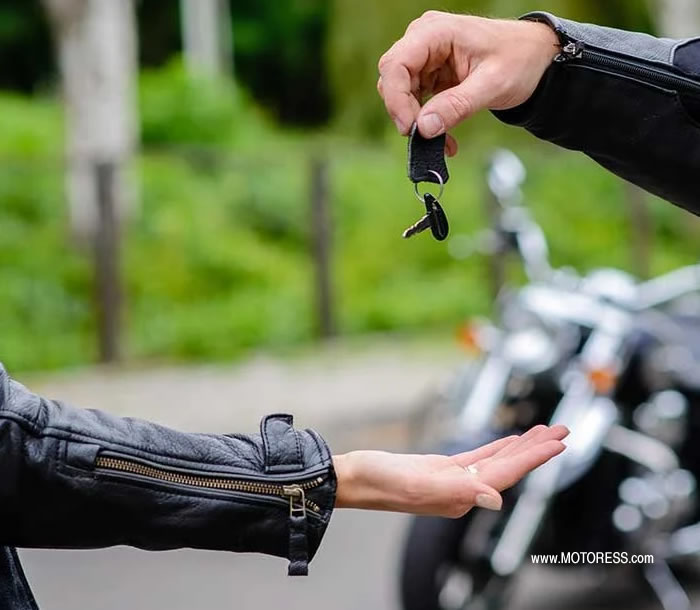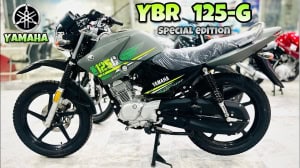

**Beginner’s Handbook to Selecting the Ideal Motorcycle: Vital Tips and Considerations**
Acquiring your first motorcycle is a thrilling achievement, but with a plethora of styles, sizes, and features to choose from, it can be daunting to find the perfect fit. Whether you’re enticed by the open road’s allure or seeking an economical means of transport, it’s crucial to choose a motorcycle that aligns with your needs, skill level, and way of life. This beginner’s handbook will guide you through the essential aspects to ponder when selecting your first motorcycle.
—
### 1. **Identify Your Riding Requirements**
Before exploring different brands and models, contemplate how you intend to utilize your motorcycle. Consider the following:
– Will you be navigating daily through urban traffic?
– Are you envisioning extensive touring trips?
– Do you aim to ride off the beaten path or on trails?
– Is leisurely weekend riding more appealing to you?
Your planned usage will significantly influence the type of motorcycle that will best suit your lifestyle.
—
### 2. **Familiarize Yourself with the Key Motorcycle Types**
Grasping the various categories of motorcycles can streamline your selection process:
– **Standard (Naked) Bikes**: These are adaptable and beginner-friendly, providing an upright riding stance perfect for commuting and casual rides.
– **Cruisers**: Featuring a low seat height and relaxed style, cruisers are easy to manage at lower speeds. Popular models include Harley-Davidson and Honda Shadow.
– **Sport Bikes**: Tailored for speed and maneuverability, sport bikes feature a more aggressive riding posture and are generally not advised for beginners due to their power and delicate handling.
– **Touring Bikes**: Designed for long-haul comfort, these are larger machines equipped with amenities like windshields, saddlebags, and infotainment systems.
– **Dual-Sport/Adventure Bikes**: These versatile motorcycles can handle both on-road and off-road riding. They are often taller and lighter than touring models.
—
### 3. **Evaluate Engine Size (Displacement)**
The size of the engine, measured in cubic centimeters (cc), significantly affects a motorcycle’s power and performance. For novices:
– **250cc to 500cc** is generally preferable, offering a solid combination of power and control.
– Steer clear of starting with anything above **600cc**, especially if you lack previous riding experience. Larger engines can be daunting and more difficult to handle.
—
### 4. **Fit and Comfort Are Important**
Your motorcycle should accommodate your body comfortably. When testing bikes:
– Ensure you can place both feet flat on the ground when seated.
– Check if you can reach the handlebars and controls without difficulty.
– Assess the weight—can you easily maneuver it while parked?
Visit showrooms and sit on different models to identify one that aligns with your height, weight, and physical strength.
—
### 5. **New Vs. Used Motorcycles**
**New Motorcycles:**
– Pros: Comes with a warranty, the latest features, and no prior wear.
– Cons: Higher price tag and quicker depreciation.
**Used Motorcycles:**
– Pros: More affordable, suitable for training and potential drops without significant financial repercussions.
– Cons: Might need increased maintenance and typically no warranty.
If considering a used bike, have a reliable mechanic evaluate it before making a purchase.
—
### 6. **Allocate Budget for Gear and Insurance**
Do not allocate your entire budget solely to the motorcycle. Consider including:
– **Helmet** (DOT or ECE certified)
– **Jacket**, **gloves**, **boots**, and **pants** with adequate protection
– **Insurance costs** (varying based on age, location, and type of bike)
– **Maintenance and registration fees**
Investing in quality gear is vital for your safety.
—
### 7. **Attend a Motorcycle Safety Course**
Before you take to the streets, enroll in a certified motorcycle safety course, like the **MSF Basic RiderCourse** in the U.S. These programs teach fundamental riding skills and safety practices—and many assist in obtaining your motorcycle license. Some insurance providers may offer discounts for completing a course.
—
### 8. **Test Ride Prior to Purchase**
If feasible, take the motorcycle for a test ride to assess its handling, comfort, and responsiveness. Focus on:
– Clutch and throttle feedback
– Brake efficiency
– Seat comfort and riding position
– Visibility and mirror positioning
—
### 9. **Consider Long-Term Ownership**
Reflect on the availability of spare parts, maintenance simplicity, and brand reputation. Some brands provide more robust dealer networks and support. Also, contemplate how your requirements may change—will this bike still meet your needs in a year or two?
—
### 10. **Recommended Beginner-Friendly Models**
Here are a few motorcycles frequently suggested for novice riders:
– **Kawasaki Ninja 400** – A lightweight sport bike with manageable power.
– **Yamaha MT-03**






